Retinol Creams: Travel Tips
Traveling is an exciting experience, offering new sights, sounds, and experiences. However, maintaining a skincare routine, especially when it involves retinol creams, can be challenging. This comprehensive guide offers travel tips for those who rely on retinol creams as a vital part of their skincare regimen. Here's everything you need to know to keep your skin glowing, no matter where your travels take you.
Understanding Retinol and Its Importance in Skincare

Before diving into travel-specific advice, let's understand why retinol is a crucial part of many skincare routines. Retinol, a derivative of Vitamin A, is celebrated for its anti-aging, acne-treating, and skin-renewing properties. It works by accelerating skin renewal, enhancing collagen production, and reducing the appearance of fine lines, wrinkles, and age spots.
Why Stick to Retinol During Travels?
Maintaining your retinol regimen while traveling is important because sudden changes in skincare can disrupt your skin's balance. Consistency is key in skincare, and this is especially true for products like retinol that work over time to improve skin health.
Packing Retinol Creams: Tips and Tricks
When packing retinol creams for travel, there are several things to keep in mind:
- Size Matters: Opt for travel-sized containers. If your favorite retinol cream doesn't come in a travel size, transfer some into a small, airtight container.
- Protect from Light and Heat: Retinol is sensitive to light and heat. Choose opaque, airtight containers and store them in a cool, dark place.
- TSA Guidelines: If you’re flying, remember that liquids, creams, gels, pastes, and aerosols are restricted to 3.4 ounces (100 milliliters) or less per item and must be in a single, quart-sized bag.
Adjusting Your Retinol Usage While Traveling
Traveling often exposes your skin to different environments which can affect how your skin reacts to retinol.
- Climate Considerations: If you're traveling to a location with a drastically different climate, be mindful of how your skin adjusts. In drier climates, consider reducing retinol use if your skin becomes too dry.
- Sun Exposure: Retinol can make your skin more sensitive to the sun. Always use a high SPF sunscreen, wear protective clothing, and limit sun exposure while using retinol products.
Retinol Alternatives for Travel

If you’re unable to carry your retinol products, or if you’re traveling to a destination with extreme weather conditions, consider retinol alternatives like bakuchiol, a natural compound with similar benefits but less irritation and sensitivity to sunlight.
Common FAQs about Traveling with Retinol Creams
Q1: Can I take my retinol creams on a plane? A: Yes, as long as they adhere to TSA’s liquid guidelines. Keep your creams in containers no larger than 3.4 ounces and store them in a quart-sized, clear plastic bag.
Q2: How do I store my retinol products while traveling? A: Store them in opaque, airtight containers away from light and heat. A cool, dark place like your hotel room drawer is ideal.
Q3: Should I change my retinol routine based on my travel destination? A: Yes, consider the climate and your skin’s reaction. In drier or sunnier climates, you might need to reduce frequency.
Q4: Can I use retinol with other skincare products while traveling? A: Yes, but be cautious about combining retinol with other potent ingredients like Vitamin C or AHAs/BHAs, as this can irritate the skin, especially in a new environment.
Conclusion
Traveling doesn't mean you have to compromise on your skincare routine. With the right planning and adjustments, you can continue to enjoy the benefits of retinol creams, ensuring your skin remains healthy and radiant, no matter where you are in the world. Remember to listen to your skin and adjust your routine as needed to adapt to new environments. Safe travels and happy skincare!


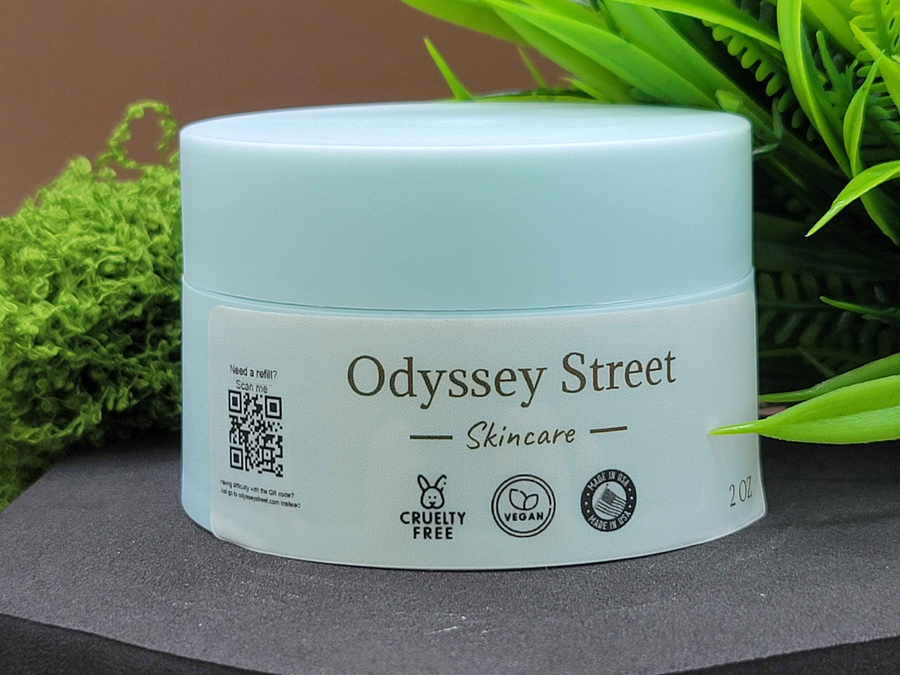
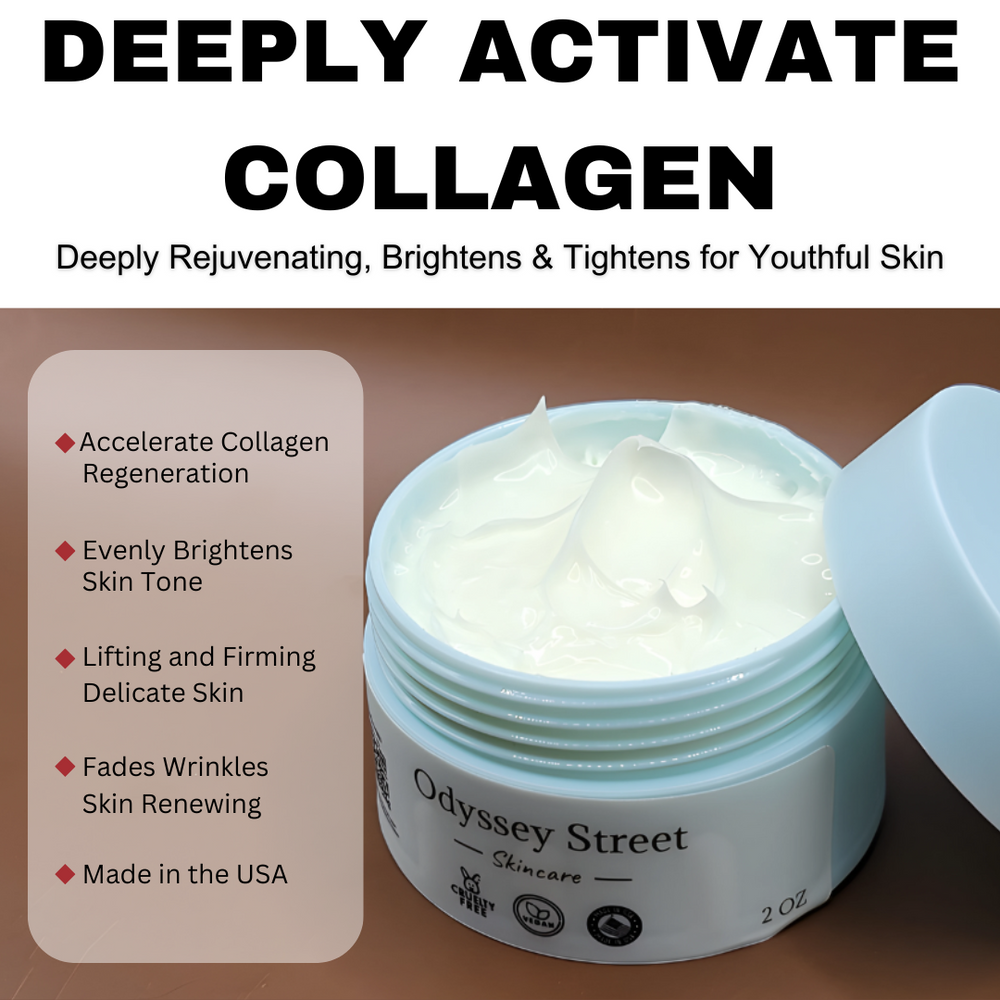




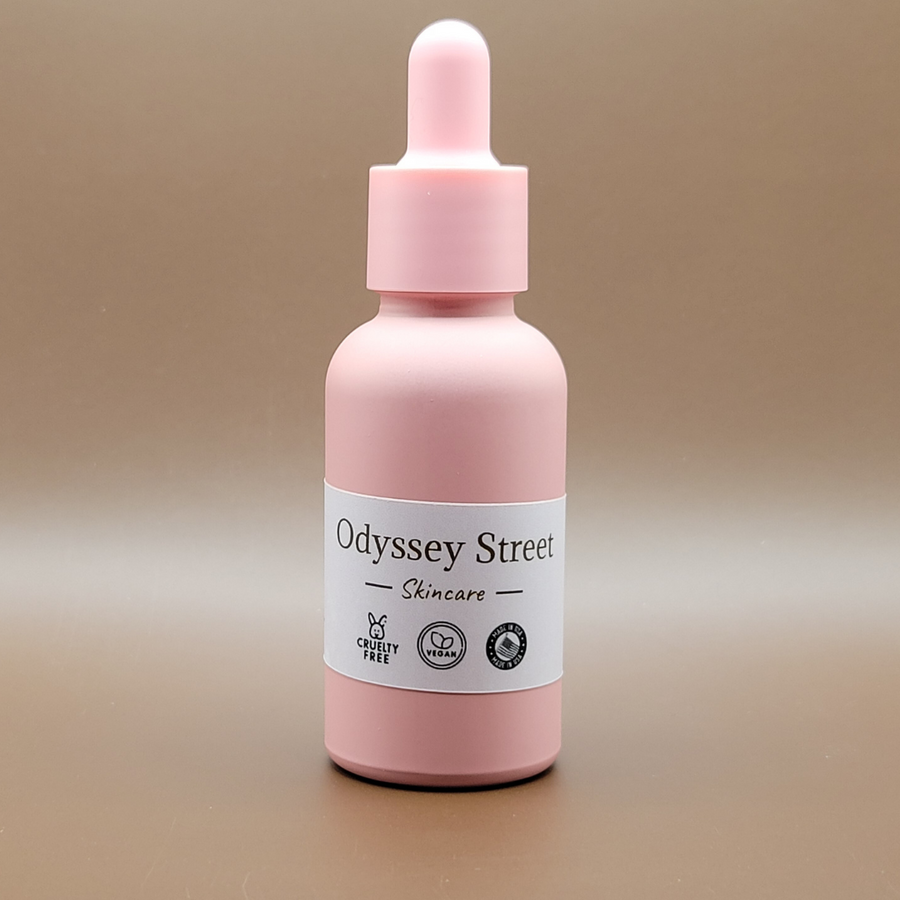
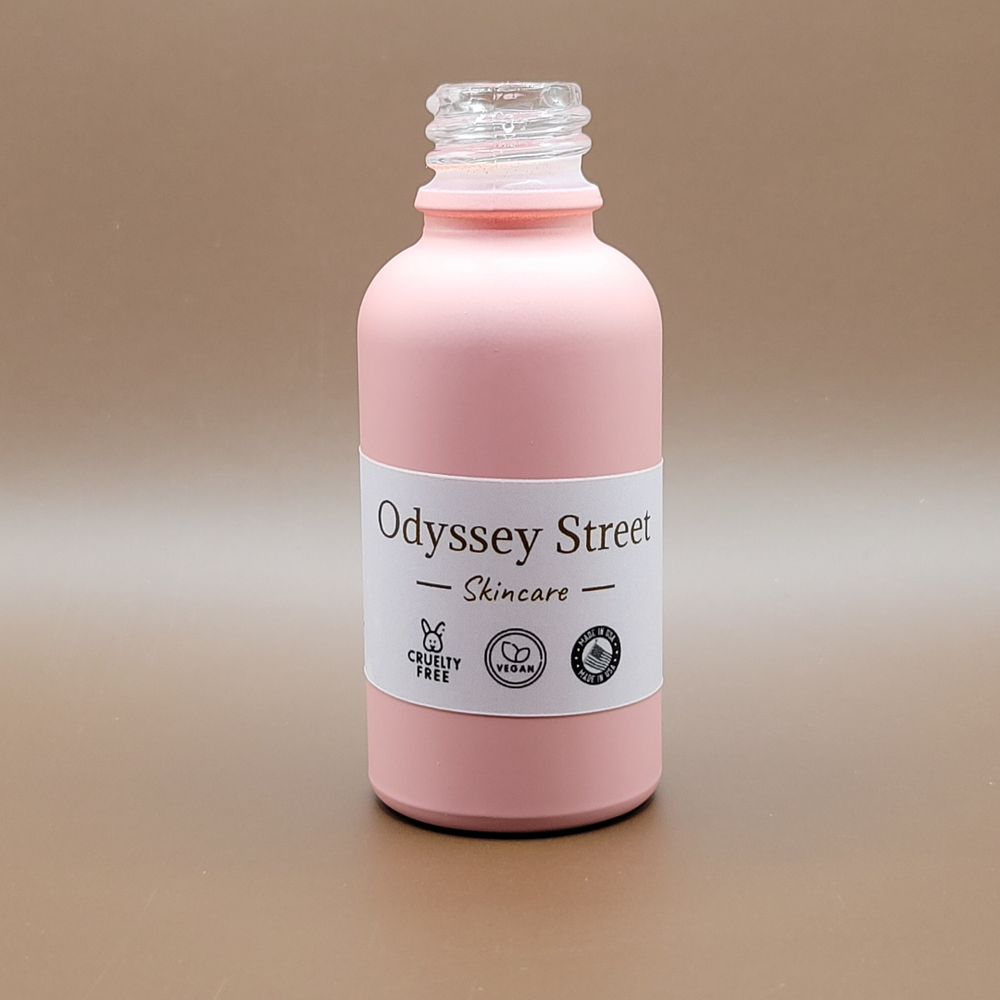
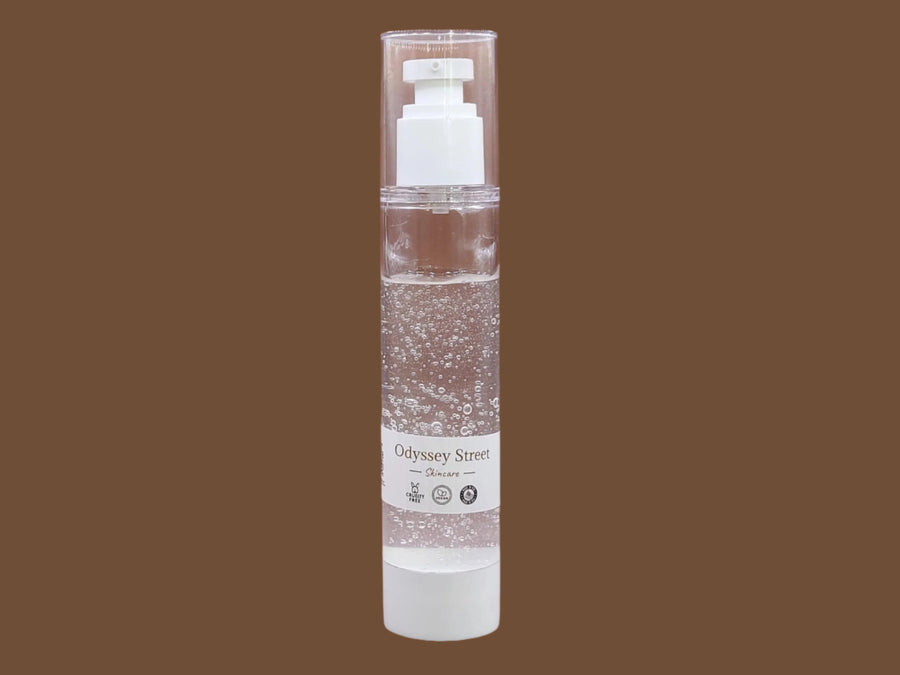
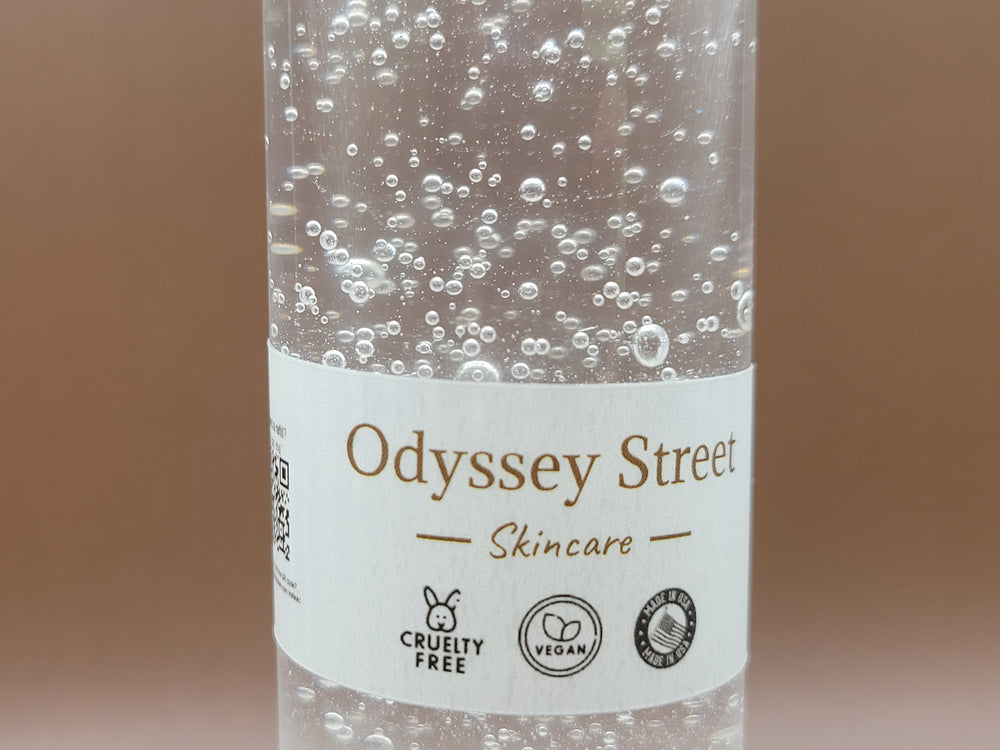
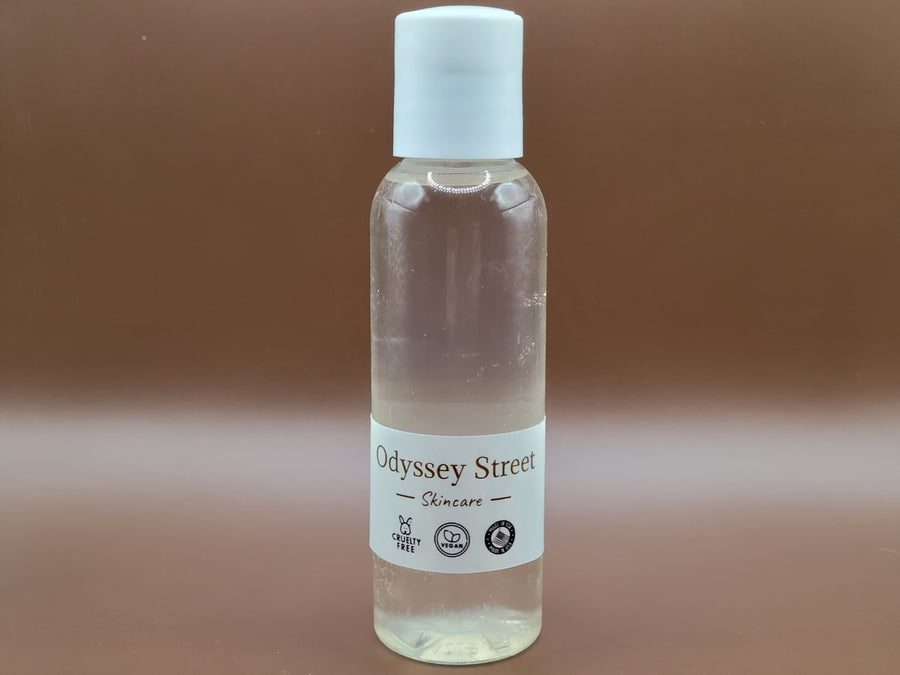
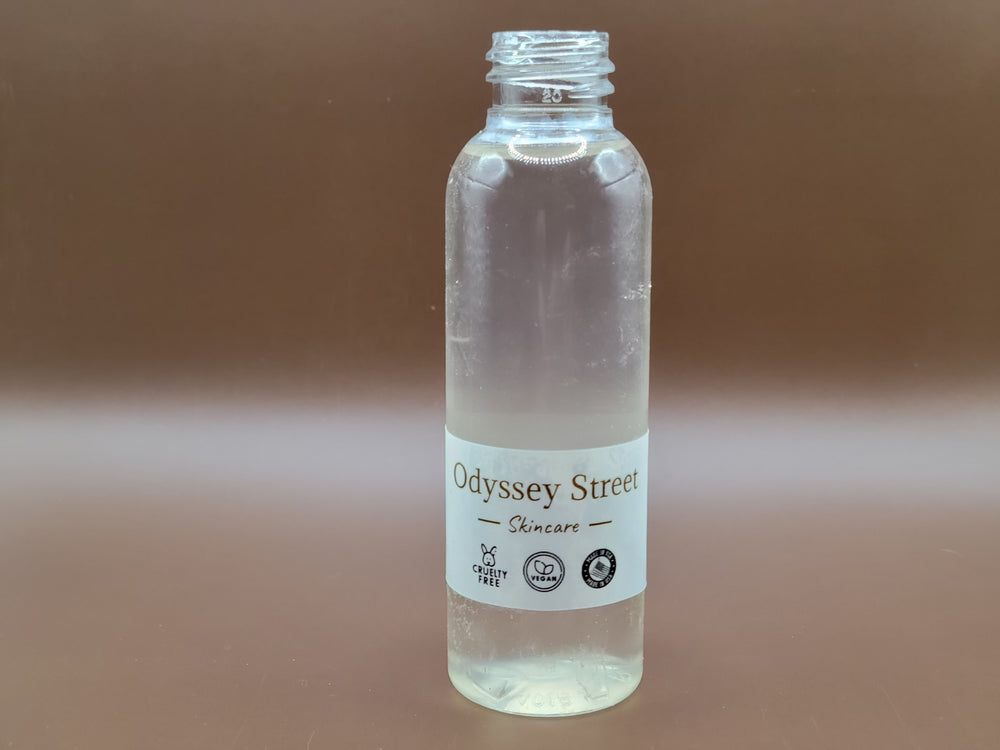

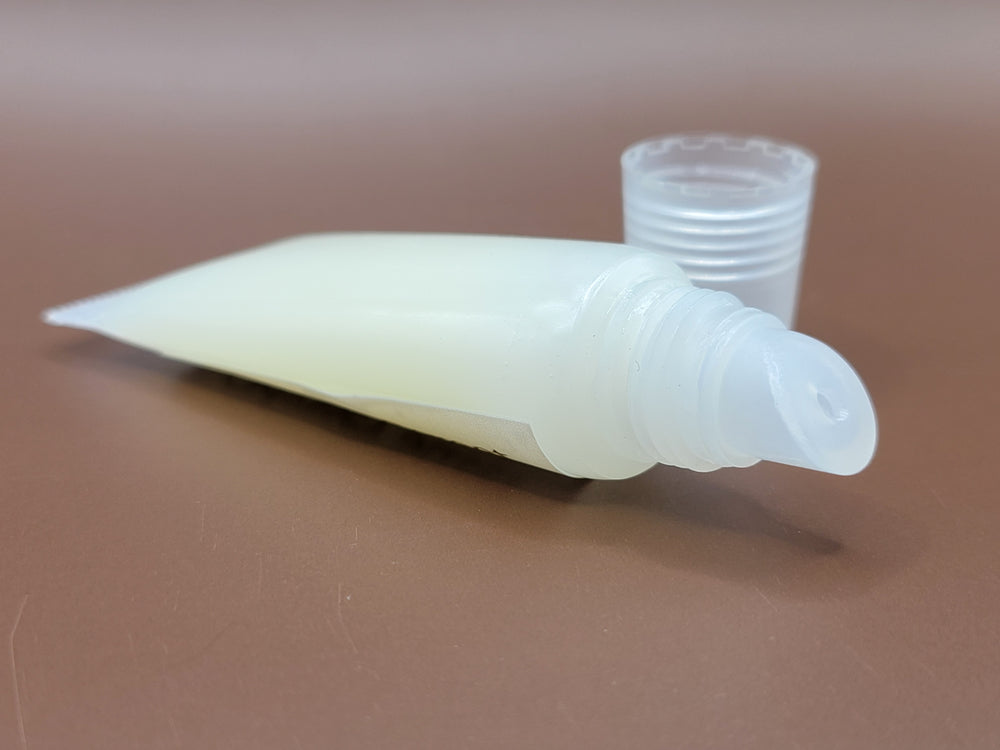
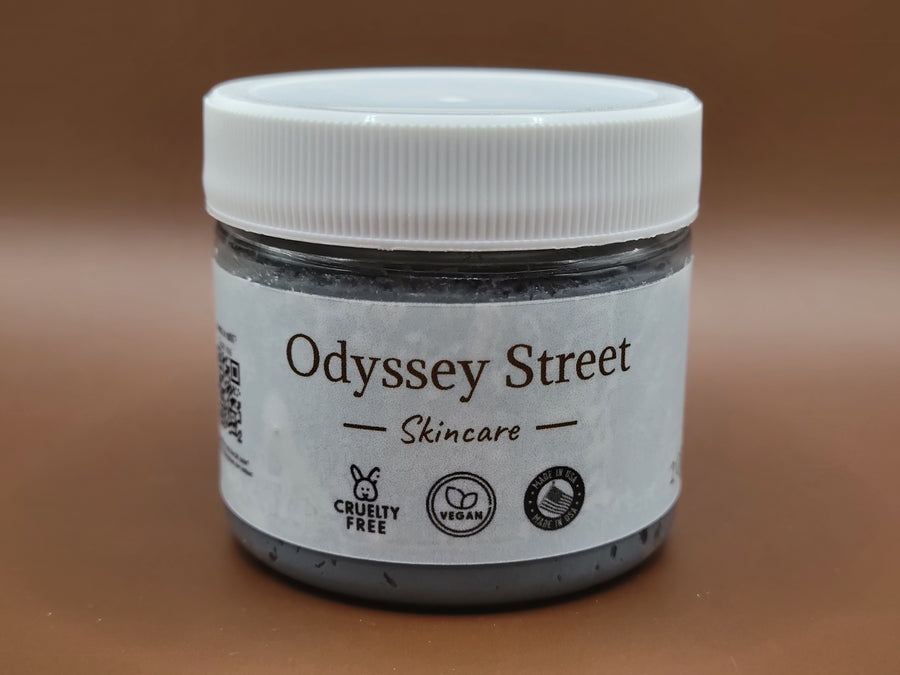
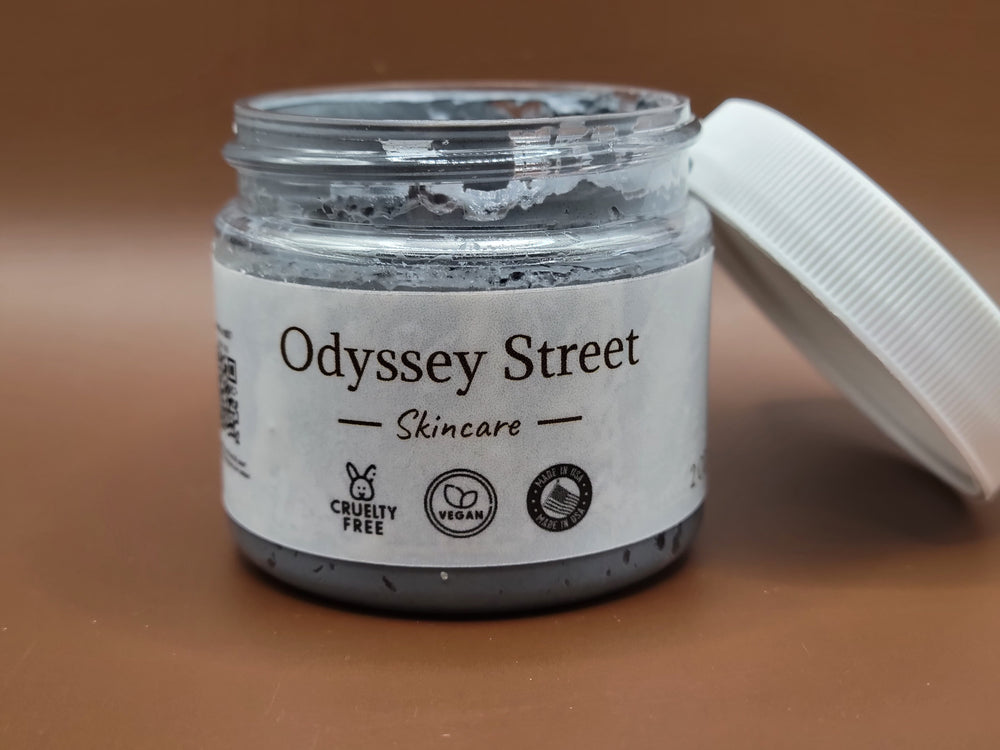
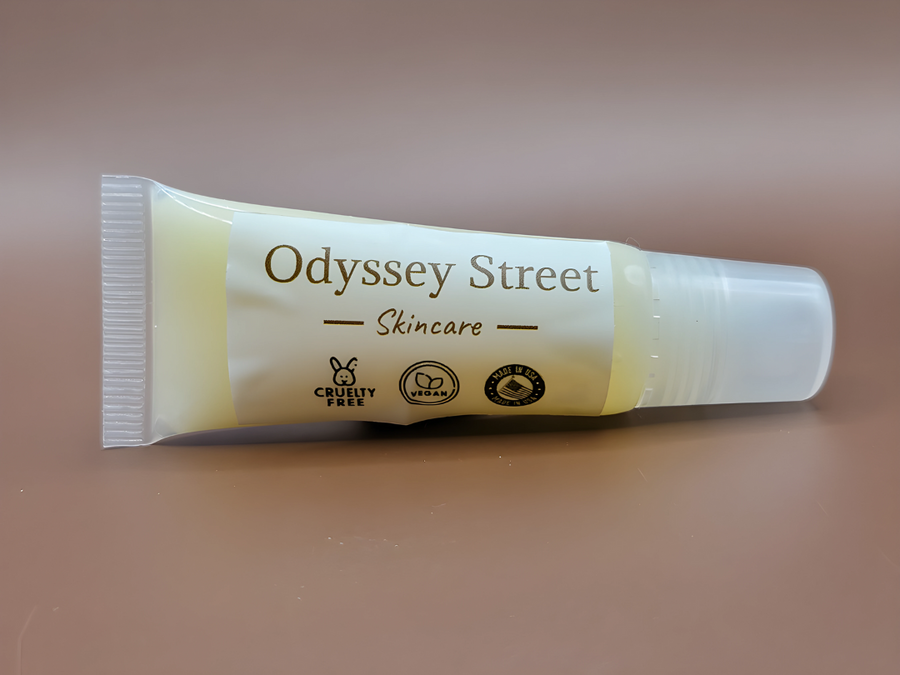
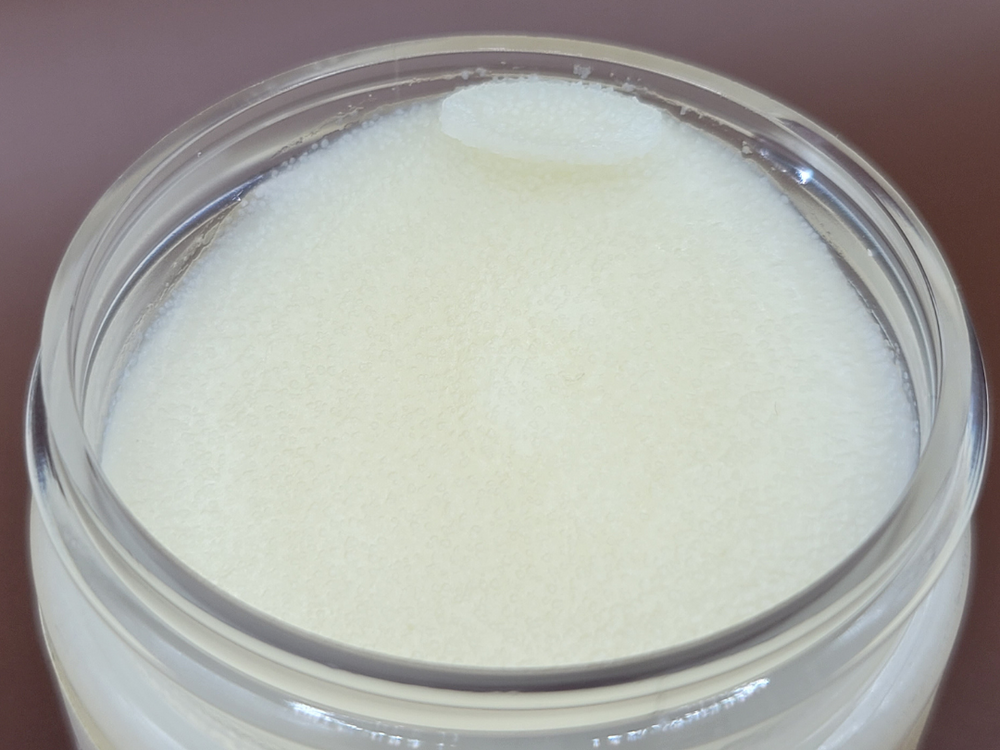
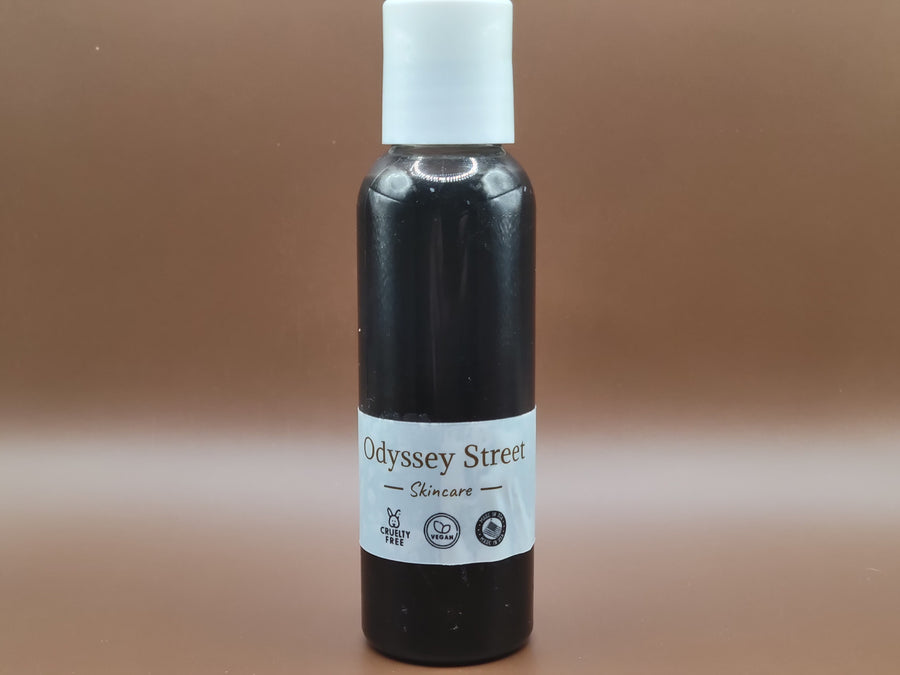
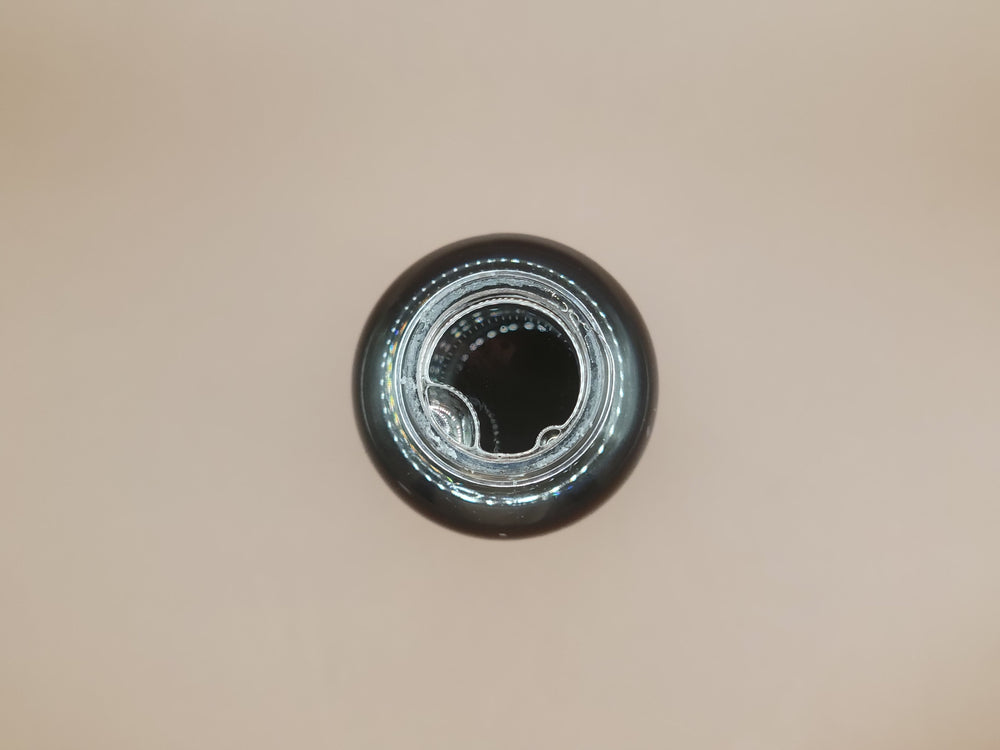
Leave a comment